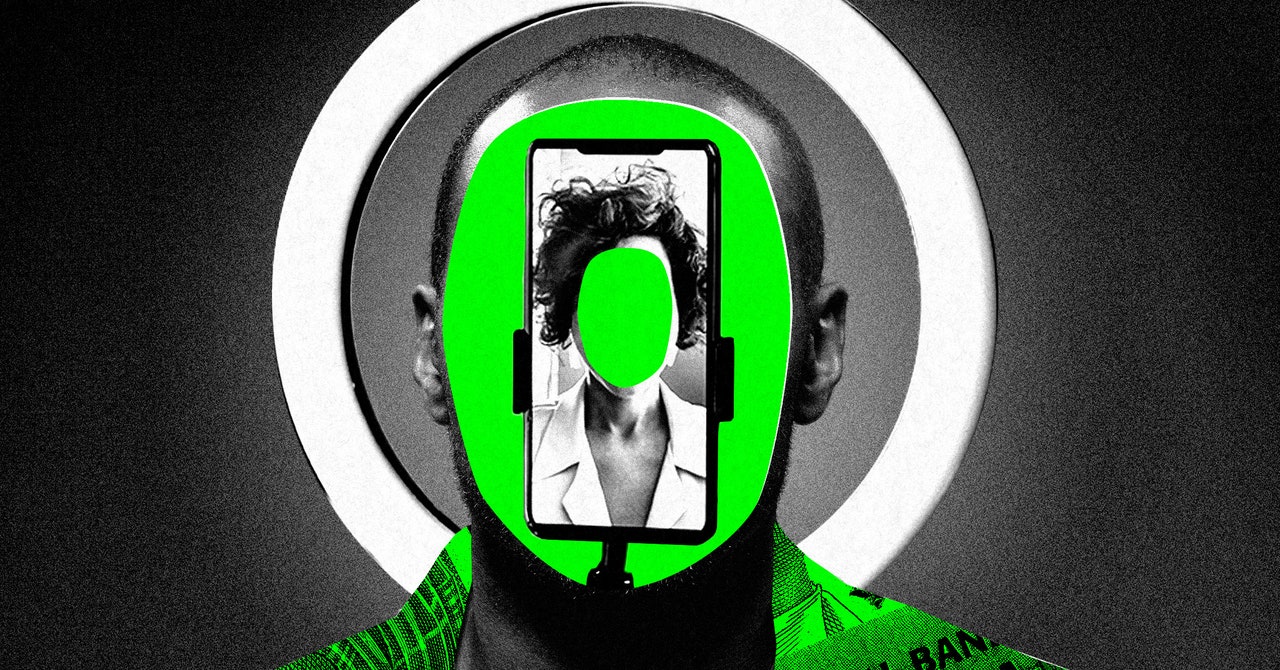The Yahoo Boys are experienced scammers—and they openly brag about it. Photos and videos of their conning and recruitment can be found all across social media, from Facebook to TikTok. However, the cybercriminals, who have links back to Nigerian prince email scams, are arguably their most open on Telegram.
In groups containing thousands of members, Yahoo Boys organize and advertise their individual skills for a smorgasbord of scams. They’re skilled social manipulators, who can have long-lasting impacts on their victims. Business email compromise, crypto scams, and impersonation scams are all touted in hundreds of posts per day. Members claim to be selling photo and video editing skills and entire albums of explicit photographs that can be used to build a convincing persona. Fake IDs and legitimate-looking social media profiles are for sale. Scam “scripts” are free to download.
“The Yahoo Boys have elements of organized crime and disorganized crime,” says Paul Raffile, an intelligence analyst at the Network Contagion Research Institute, who has investigated Yahoo Boys sextorting teenagers and driving them towards suicide. “They don’t have a leader, they don’t have a governance structure.” Rather, Raffile says, they organize in clusters and share advice and tips online. Telegram did not respond to WIRED’s request for comment about Yahoo Boys’ channels, but the three channels no longer appear to be accessible.
The digital con artists started using deepfakes as part of their romance scams around May 2022, says Maimon. “What folks were doing was just posting videos of themselves, changing their appearance, and then sending them to the victim—trying to lure them to talk to them,” he says. Since then, they’ve moved on.
To create their videos, the Yahoo Boys are using a handful of different software and apps. WIRED is not naming the specific software, to limit people’s ability to copy the attacks. However, the tools they are using are often advertised for entertainment purposes, such as allowing people to swap their faces with celebrities or influencers.
The Yahoo Boys’ live deepfake calls run in two different ways. In the first, shown above, the scammers use a setup of two phones and a face-swapping app. The scammer holds the phone they are calling their victim with—they’re mostly seen using Zoom, Maimon says, but it can work on any platform—and uses its rear camera to record the screen of a second phone. This second phone has its camera pointing at the scammer’s face and is running a face-swapping app. They often place the two phones on stands to ensure they don’t move and use ring lights to improve conditions for a real-time face-swap, the videos show.
The second common tactic—shown below—uses a laptop instead of a phone. (WIRED has blurred real faces in both videos.) Here, the scammer uses a webcam to capture their face and software running on the laptop changes their appearance. Videos of the setup show scammers are able to see their own face alongside the altered deepfake, with just the manipulated image being displayed over the live video call.

